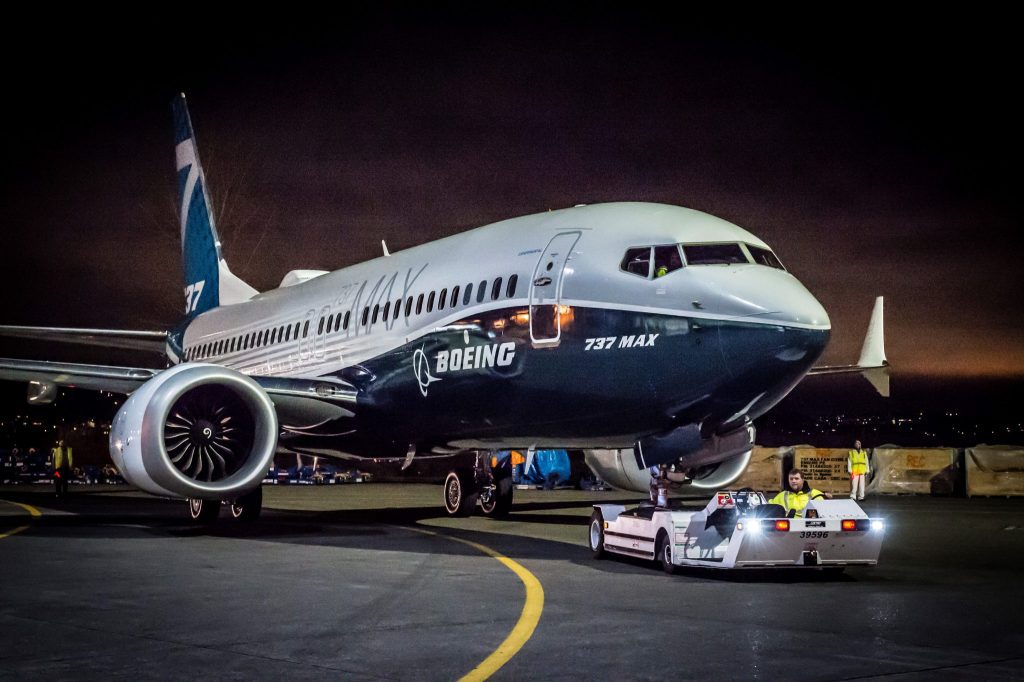Should Boeing Change the Name of the 737 Max to Put Passengers at Ease?

Skift Take
Many airline industry insiders say they expect passengers will fly the Max when it returns to service, provided the price is right. But branding and marketing experts see it differently. Many of them say Boeing must engage in a full-scale rebranding effort to make passengers comfortable enough to fly.
An obscure Twitter account called Woodys Aeroimages earlier this week posted a picture of one of Ryanair's high-capacity Boeing 737 Max jets. Ordinarily, this would have intrigued only aviation enthusiasts, but it went viral because of a slight change in wording between the passenger boarding door and the aircraft's nose.
On earlier jets, the script had read “737 MAX,” according to the account. But on this plane, painters had written, Boeing 737-8200. As the aviation trade publication Flight Global noted, the 737-8200 is an official name for the 200-seat Max variant Ryanair ordered, but the internet picked up on the photograph as evidence Boeing or Ryanair might be close to dropping the Max name.
It was probably overblown. In an earnings call Tuesday, Ryanair Group CEO Michael O'Leary said the airline hasn’t changed how it references the airplane, and he added the company doesn’t usually paint model numbers on its planes at all. He seemed confused by the episode. “I don't know where the pictures came from, nothing to do with us,” he said.
He probably should not have been surprised at the drama. As Ryanair and other airlines have learned, nothing Max-related is so simple. The picture reignited questions about whether Boeing should change the name of an aircraft that crashed twice in a five-month period, almost certainly because of faulty software. Some travelers are skittish, and many have said they may not want to fly the Max when it returns, probably late this year or sometime in 2020, after software fixes are complete.
